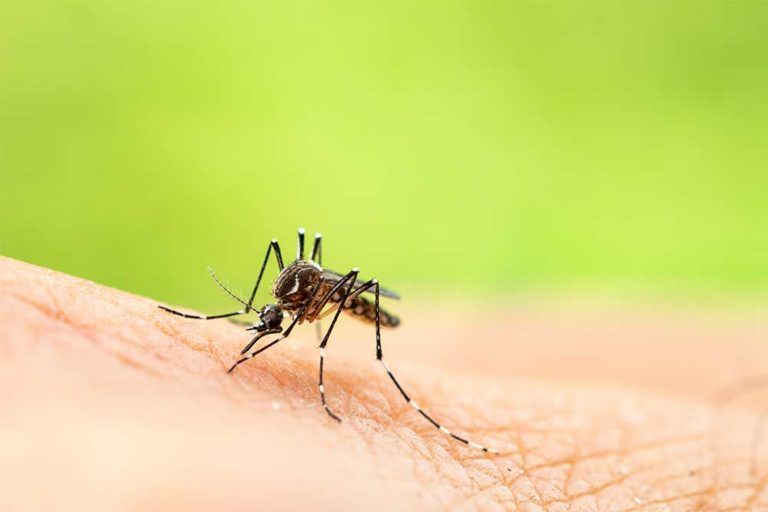If you are proactive and work with your doctor to prevent the onset of type-2 diabetes, it could be one diagnosis that you will never have to hear.
Diabetes occurs when the body has a hard time managing high blood sugar levels. For those who have type-1 diabetes, there’s not a lot you can do to prevent it: it is caused by the autoimmune system and occurs when the immune system attacks insulin-making cells within the pancreas. Although scientists don’t know what causes it, they suspect it is caused by a combination of genetic heritage and an environmental trigger that causes those genes to become active.
Type-2 diabetes is different than type-1 diabetes. The pancreas produces insulin, but the body becomes increasingly more insensitive to insulin over time. Although those who get it are vulnerable because of a genetic predisposition based on family history or ethnicity, that predisposition may not be triggered unless a person also has one or more risk factors such as being overweight or obese, eating an unhealthy diet, and being sedentary.
It is no secret that diabetes is a cruel disease with many complications, regardless of whichever type someone has. What exactly are those complications?
- It makes people feel tired, hungry, and thirsty.
- It damages blood vessels, internal organs, and nerves.
Someone with diabetes has twice the risk for heart disease or heart attacks as someone without diabetes. Those who suffer with diabetes often develop cognitive decline, eye problems, foot infections, high blood pressure, high cholesterol, kidney disease, skin infections, and strokes.
There is no cure for type-1 diabetes, although scientists are conducting research on the subject and hope to offer a better answer someday. For example:
- There is a potential application for stem-cell research.
- Pancreas transplants might also be effective.
- Scientists might be able to find a way to prevent immune system cells from causing an autoimmune response.
The good news for those at risk for type-2 diabetes is that there are two specific actions you can take to delay or reduce diabetes from occurring. According to one study involving 522 men who had type 2 diabetes risk factors, moderate weight loss and exercising for 30 minutes a day reduced the risk of developing diabetes by approximately 60 percent when study participants were compared against a group of people who did not exercise or make dietary changes.
If you are at risk for type 2 diabetes, the American Diabetes Association has five specific lifestyle suggestions to prevent it from developing:
- Increase the amount of exercise you get. That exercise should help you lose weight, lower your blood sugar, and improve your sensitivity to insulin so that your blood sugar can stay within a normal range more easily. You will have the best results if you combine aerobic training with resistance training.
- Eat plenty of high-fiber foods. These improve your control over your blood sugar, which in turn reduces the risk of developing diabetes. It also reduces the risk of developing heart disease and is more filling than eating low-fiber foods. Feeling full makes it easier for you to lose weight. What should you be eating? Focus on beans, fruits, nuts, seeds, vegetables, and whole grains. You don’t need to become a vegetarian or a vegan, but it won’t hurt you to move a little closer to that kind of a diet.
- Increase the amount of whole grains in your diet. In fact, according to the Mayo Clinic, half of the grains you eat should be whole grains. Whole-grain versions of bread, cereal, and pasta are fairly easy to find. Since the main ingredients are always listed first, check the ingredient label on food before you buy and make sure you see the word “whole” as part of one or more of the first few ingredients listed.
- Lose weight. Even a modest amount of weight loss, such as seven percent of your body weight, can make a difference. For someone who weighs 200 pounds, for example, that means losing 14 pounds. For someone who weighs 150 pounds, that means losing 10.5 pounds. A lower weight and increased exercise can make it almost 60 percent less likely that you will develop diabetes.
- Make permanent changes about what you eat. The key to permanent weight loss isn’t dieting; it’s changes to your lifestyle. A diet might help you take off the pounds initially, but scientists don’t know what the long-term effects are in terms of preventing diabetes, and when you stop the diet you will probably regain whatever weight you lost and then some. Have variety in your food so you can get the nutrients you need. Combine that with portion control and you have a maintainable way of keeping weight off permanently.
What else can you do to prevent diabetes? You might want to talk with your physician during a routine visit. You should have a blood glucose screening if you are in any of the following categories:
- You are seeing symptoms that lead you to think you might have developed diabetes.
- You are 45 years old or more and you are overweight or obese.
- You are less than 45 years old, but you are overweight or obese and you have one or more of the other risk factors for type-2 diabetes, such as family members with diabetes or a lack of adequate exercise.
The possibility of being diagnosed with diabetes is something that scares people. They should be scared; it is a serious and life-threatening disease. But if you are proactive and work with your doctor to prevent the onset of type-2 diabetes, it could be one diagnosis that you will never have to hear.























